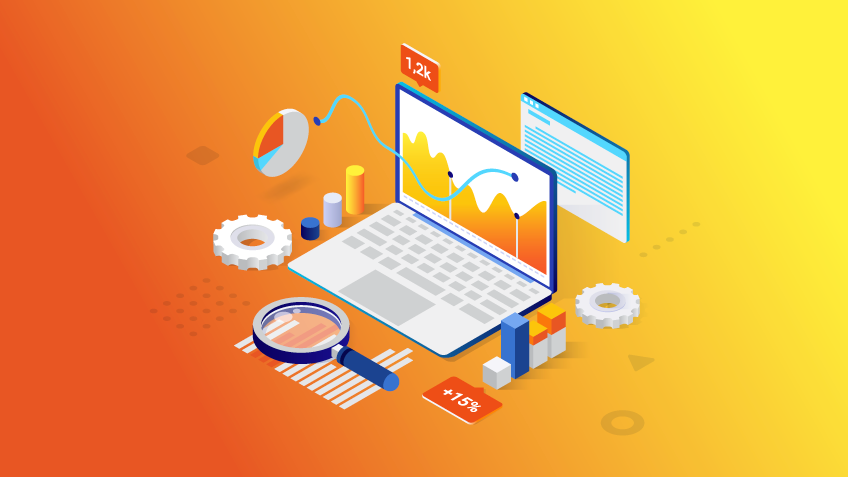Now, more than ever, the world understands the value of data and the infinite possibilities it gives to those who make decisions. If your company provides any kind of service, with great probability you collect data; and if you don’t have any strategy for managing it, then you’re missing out. The opportunities you can find in the data that your business’s daily activities generate can be huge and when you see the power beneath it, you’ll want to use it. We’re talking about giving your customers even better value based on their own data. We’re telling that you can monetise even more of what your services are producing. We want to stay simple, so today we’re going to talk about these 3 possibilities, 3 successful embedded analytics trends, and how you can achieve them with Tableau. Let’s see:
1. Improve your services with embedded analytics
Being free to implement your analysis wherever you want, is really a great help to achieve what your clients envision. You can embed Tableau Server or Tableau Online in solutions that you can then provide to your clients. This means you can build all the reports you want in Tableau and then integrate them into every product, service, web portal or app that you want. The power you earn to personalise your offering is massive and will make your clients feel they can have their own analytics instead of a standardised one. Beyond that, this functionality can improve your actual services or give them an extra layer, a so-called “extended product” where you can augment your service package according to the needs and wants of your clients or what you think may be better for them. So, it’s clear that this can give you great agility building personalised solutions for your clients and beyond this, you can do it while enjoying the best of Tableau’s capabilities.
2. Monetisation
Everyone praises data now. The market understands its inherent value and the companies who treat and monetise their data are the ones leveraging it for their businesses. Although it helps with making better-informed decisions, based on facts instead of predictions, data can become a service or a product in itself and there are a lot of options and approaches for that. After having embedded your solution, if your company works with client data and you want to give them insights using dashboards, especially the ones you build in Tableau, you can create products or services around them in order to monetise the insights and the value you can retrieve from those analyses. Moreover, you can give each client a personalised or standardised solution, with the personalised solution being more expensive.
3. Build vs. Buy
Of course, you could build your own solution, but buying is often the better option. Why? Well, if you choose to build, you’ll start from scratch and your solution will probably be based on a complex process that needs lots of maintenance and people’s attention to be focused on doing analyses and preparing reports. This means it will take a significant amount of time before you start adding value and besides this, the feature set available will always be limited by your development capacity.
Tableau has been on the market since 2003, so it’s clear that it has had tons of time spent on developing and perfecting its ability to build cool reports. If you choose to buy, you know that is the only cost you’ll support to access years of knowledge. Besides this, it will take much less effort, and setup will be faster, as you won’t need people to develop and maintain the solution because you’ll be able to direct people to focus on analyses and reports. Implementation will be way easier and you’ll be building reports that can be easily changed over time in Tableau.
Final Thoughts
Embedding analytics is a powerful capability that Tableau offers. Using reports that can be easily built-in Tableau on your apps, products or services can open a new world of opportunities where everyone wins and value is created. This is part of what digital transformation is about and we are here to help you on that journey. Take a look at our Tableau solutions and get in touch with us; we’re here to help you establish a strategy to implement the most successful embedded analytics trends, so you can use your data analytics in the right places, with the right people, in the right way.

Data Engineer – Xpand IT














